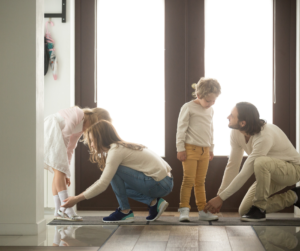 When children first begin to walk, it is generally recommended that they are kept barefoot inside the home for the first 6-8 weeks. This assists the development of their sensory system, which aids in balance and movement coordination, by letting them feel what is happening beneath their feet. When outside, shoes should be worn for protection.
When children first begin to walk, it is generally recommended that they are kept barefoot inside the home for the first 6-8 weeks. This assists the development of their sensory system, which aids in balance and movement coordination, by letting them feel what is happening beneath their feet. When outside, shoes should be worn for protection.
When children reach the age where they’re able to walk, run and play confidently and for long periods, this is when having the right shoe characteristics becomes important. At this stage, shoes can help kids adventure through the day – or be a source of pain if they’re ill-fitting or contribute to tripping and falling.
Here’s what you should look for when buying new shoes for your child:
Proper Fit
Having the right fit can reduce the risk of many problems developing, both short and long-term. If the shoes are:
- Too short or narrow – this can create high pressure areas on the bones of the feet, and the skin protecting the toes. This may encourage bunions, hammertoes, ingrown toenails, corns, callus and more
- Too long or broad – causes the toes to claw at the base of the shoe for stability, and may cause trips and falls (and subsequently other injuries)
Adjustable Fastening (Laces/Velcro/Buckle)
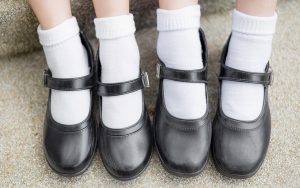 Having shoes with an adjustable fastening mechanism like laces, velcro or a buckle is a better option that a slip-on, even if it’s a jogger. A good fastening mechanism:
Having shoes with an adjustable fastening mechanism like laces, velcro or a buckle is a better option that a slip-on, even if it’s a jogger. A good fastening mechanism:
- Secures the shoe to the foot so the toes do not claw to grip the shoe
- Allows you to adjust the shoe when your child grows
Firm Heel Counter
The heel counter is the rear part of the shoe that wraps around the back of the heel. It aids in supporting the feet. Make sure that:
- You aren’t able to pinch or squeeze the sides of the back of the shoe together (because the heel counter is firm)
- If your child is wearing sandals, they have an enclosed back
A Good Shoe Shank
The shoe shank is the firm reinforcement that is added to the middle of the sole of the shoe. It helps support the foot and helps prolong the life of the shoe.
Your child’s shoe should naturally bend just before the toes, as this is where the bones in our feet bend as we push off to take the next step. The shank does not extend to this region. Shoes should not, however, be able to bend easily through the middle of the shoe, just as our feet naturally do not bend there.
Lightweight
The heavier the shoe, the harder the feet, legs and muscles must work to support daily living – and the faster the muscles will tire. Opt for shoes that are lightweight, especially when muscle strength is still developing in younger kids.
Tips For Choosing The Best Shoes
 There is no one shoe brand that will address all of these characteristics nor is there one shoe brand that fits all children – every child’s feet are different! So it’s important to assess each individual shoe on these merits. Don’t be misled by the price either – expensive shoes aren’t necessarily any healthier for your child’s feet.
There is no one shoe brand that will address all of these characteristics nor is there one shoe brand that fits all children – every child’s feet are different! So it’s important to assess each individual shoe on these merits. Don’t be misled by the price either – expensive shoes aren’t necessarily any healthier for your child’s feet.
Remember to regularly check the size of your child’s socks for appropriate fit. Children’s socks tend to be forgotten about however wearing socks which are too small can apply excess pressure to the toes and may cause them to claw.
As our feet can slightly increase in size throughout the day, take kids shoe shopping with you towards the end, as opposed to the start of the day. Always look at the fit of both feet in the shoes, as most people have one foot that is slightly longer than the other.
Still unsure?
Have your child’s shoes professionally fitted by a podiatrist. Many My FootDr clinics offer a range of footwear that support your family’s feet. Our experienced podiatrists professionally fit each pair to ensure the best fit, and suitability for any problems you may have
Check here to find your closest My FootDr clinic that offers footwear.
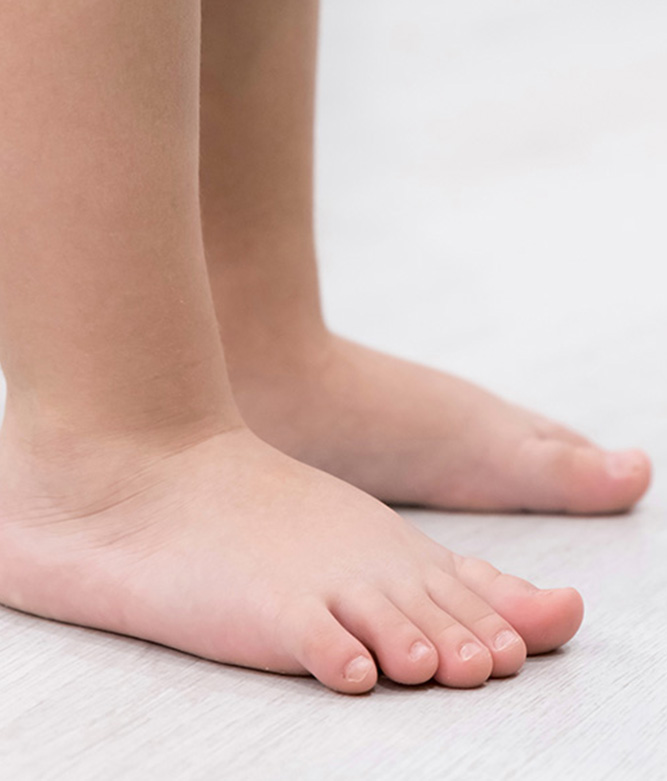
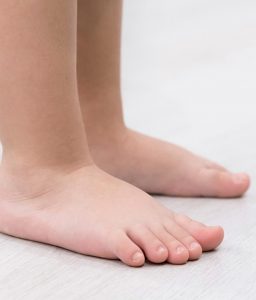 If you’re looking at your child’s feet and wondering “is it okay that my child’s feet are so flat?” – you’re definitely not alone! The answer is that it depends on their age and any other symptoms they’re experiencing. Let us explain.
If you’re looking at your child’s feet and wondering “is it okay that my child’s feet are so flat?” – you’re definitely not alone! The answer is that it depends on their age and any other symptoms they’re experiencing. Let us explain.

 When children first begin to walk, it is generally recommended that they are kept barefoot inside the home for the first 6-8 weeks. This assists the development of their sensory system, which aids in balance and movement coordination, by letting them feel what is happening beneath their feet. When outside, shoes should be worn for protection.
When children first begin to walk, it is generally recommended that they are kept barefoot inside the home for the first 6-8 weeks. This assists the development of their sensory system, which aids in balance and movement coordination, by letting them feel what is happening beneath their feet. When outside, shoes should be worn for protection. Having shoes with an adjustable fastening mechanism like laces, velcro or a buckle is a better option that a slip-on, even if it’s a jogger. A good fastening mechanism:
Having shoes with an adjustable fastening mechanism like laces, velcro or a buckle is a better option that a slip-on, even if it’s a jogger. A good fastening mechanism: There is no one shoe brand that will address all of these characteristics nor is there one shoe brand that fits all children – every child’s feet are different! So it’s important to assess each individual shoe on these merits. Don’t be misled by the price either – expensive shoes aren’t necessarily any healthier for your child’s feet.
There is no one shoe brand that will address all of these characteristics nor is there one shoe brand that fits all children – every child’s feet are different! So it’s important to assess each individual shoe on these merits. Don’t be misled by the price either – expensive shoes aren’t necessarily any healthier for your child’s feet. 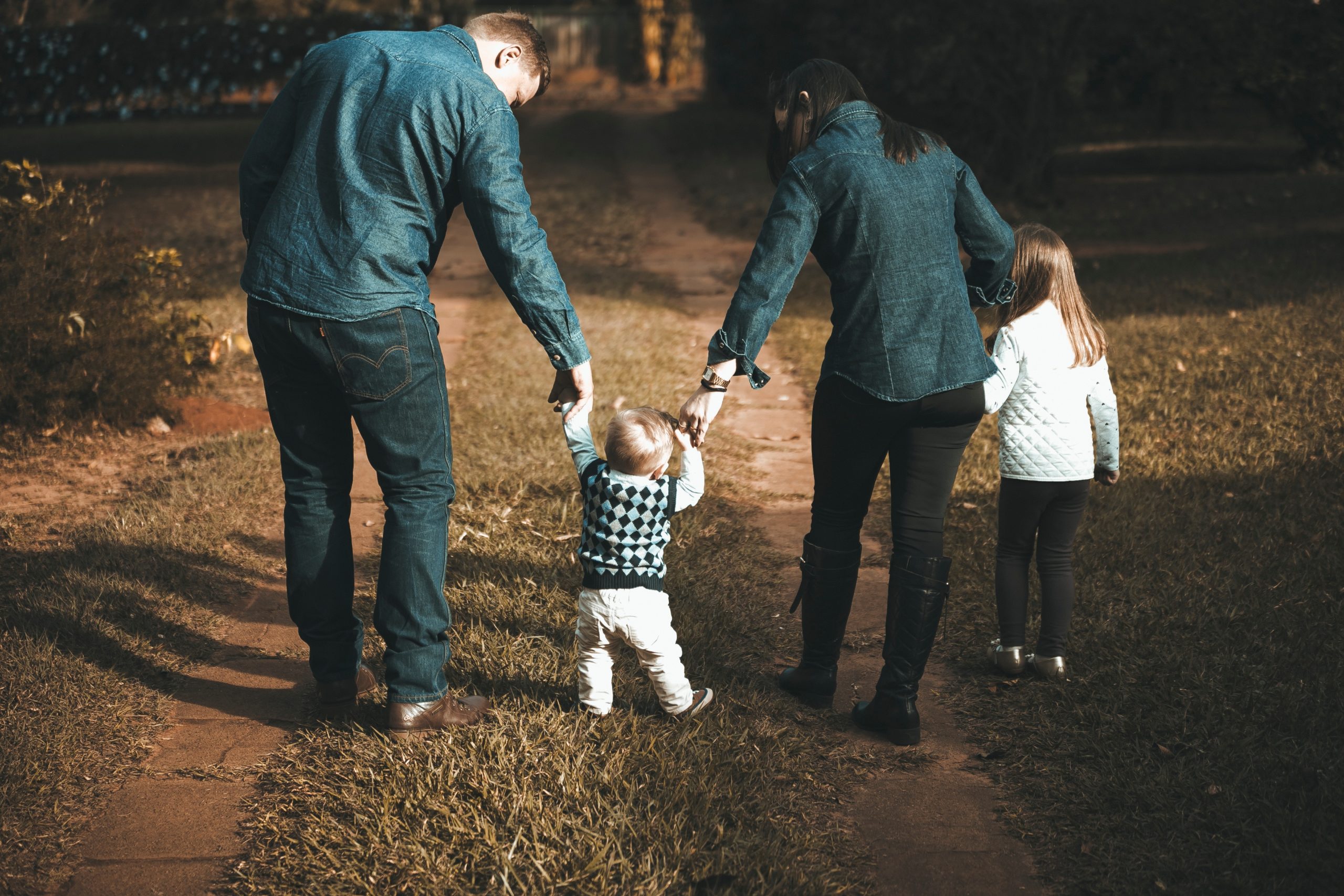
 One of the most important first milestones in your child’s life (and yours!) is their first steps. All children develop at their own pace and will all commence walking at different ages. Most children will take their first steps between nine and twelve months but there is a large variation in milestones and for some children, walking may take a little longer. If at 17 months your child is not yet walking, it is recommended you visit a health professional for an assessment.
One of the most important first milestones in your child’s life (and yours!) is their first steps. All children develop at their own pace and will all commence walking at different ages. Most children will take their first steps between nine and twelve months but there is a large variation in milestones and for some children, walking may take a little longer. If at 17 months your child is not yet walking, it is recommended you visit a health professional for an assessment. 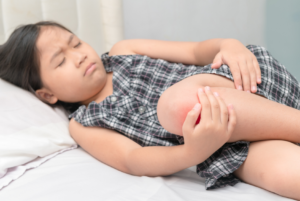 If you’ve ever heard your child say their legs are achy, and wondered if they’re just tired or if it could be something more, this is for you. As parents, we understand the battle between hoping that it’s fine and the pain will resolve, and deciding whether to bring them in for a check-up. To help, we’ve asked our team to put together the
If you’ve ever heard your child say their legs are achy, and wondered if they’re just tired or if it could be something more, this is for you. As parents, we understand the battle between hoping that it’s fine and the pain will resolve, and deciding whether to bring them in for a check-up. To help, we’ve asked our team to put together the 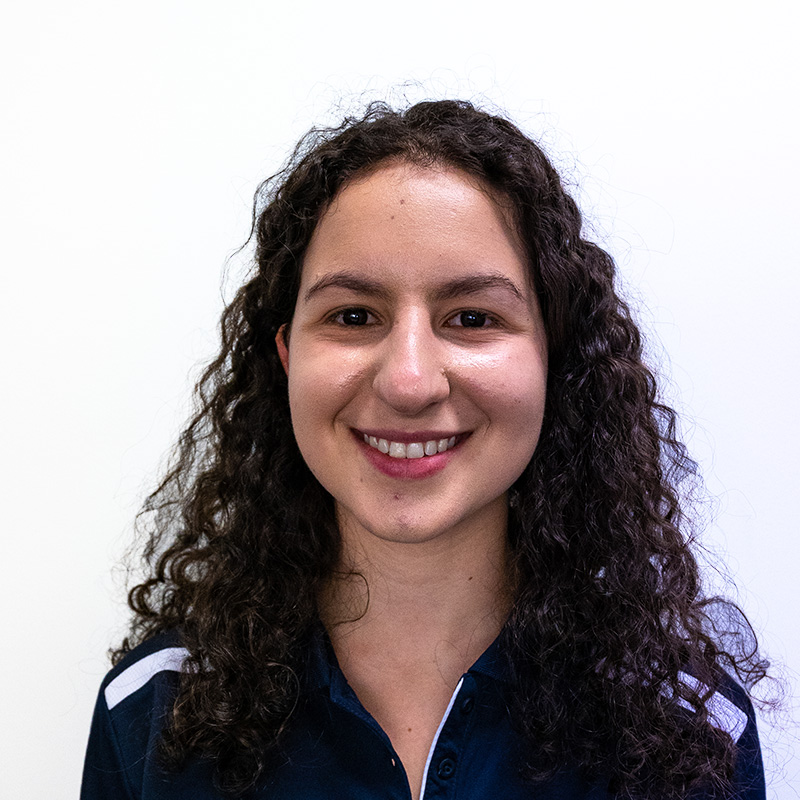
 Taylah is the newest addition to the My FootDr team in Devonport. Raised in Melbourne, Taylah had her first experience with podiatry when seeking out treatment for painful shin splints as an active teen.
Taylah is the newest addition to the My FootDr team in Devonport. Raised in Melbourne, Taylah had her first experience with podiatry when seeking out treatment for painful shin splints as an active teen. 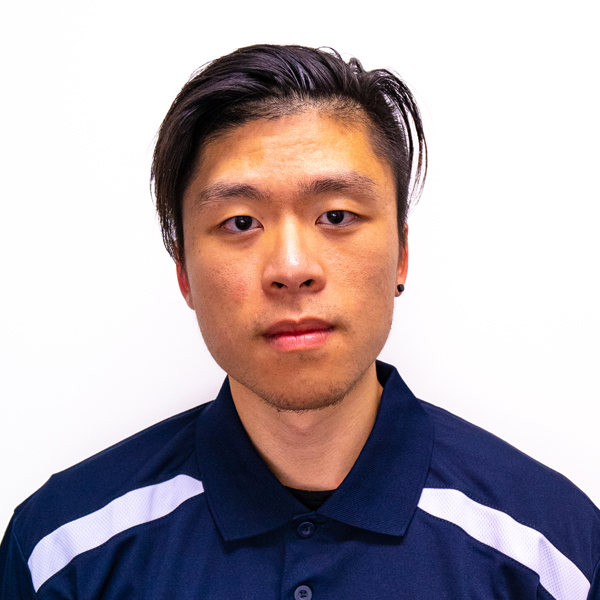


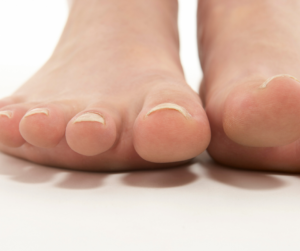 If you’ve noticed your young child walking on their toes, you may be wondering whether it’s normal – or if something is wrong. Today, the My FootDr team is explaining toe-walking, why kids do it, what it means, and if it’s a problem!
If you’ve noticed your young child walking on their toes, you may be wondering whether it’s normal – or if something is wrong. Today, the My FootDr team is explaining toe-walking, why kids do it, what it means, and if it’s a problem!
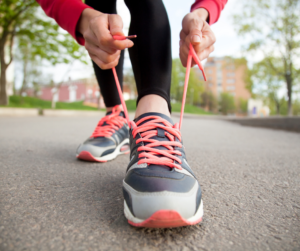 If you’ve ever felt overwhelmed by the vast selection of joggers available at a shoe store – you’re not alone. While many people know that not every shoe is right for them, lots have trouble understanding which ones
If you’ve ever felt overwhelmed by the vast selection of joggers available at a shoe store – you’re not alone. While many people know that not every shoe is right for them, lots have trouble understanding which ones 
 Have you ever gone into a shoe shop to have the shop assistant start throwing around terms that make you feel like they’re speaking a foreign language? Trust us, you’re not alone! Finding a good pair of running shoes that match your feet is hard enough without being lost in translation. While it all sounds good instore, many people leave the store being unable to explain to their friends
Have you ever gone into a shoe shop to have the shop assistant start throwing around terms that make you feel like they’re speaking a foreign language? Trust us, you’re not alone! Finding a good pair of running shoes that match your feet is hard enough without being lost in translation. While it all sounds good instore, many people leave the store being unable to explain to their friends 